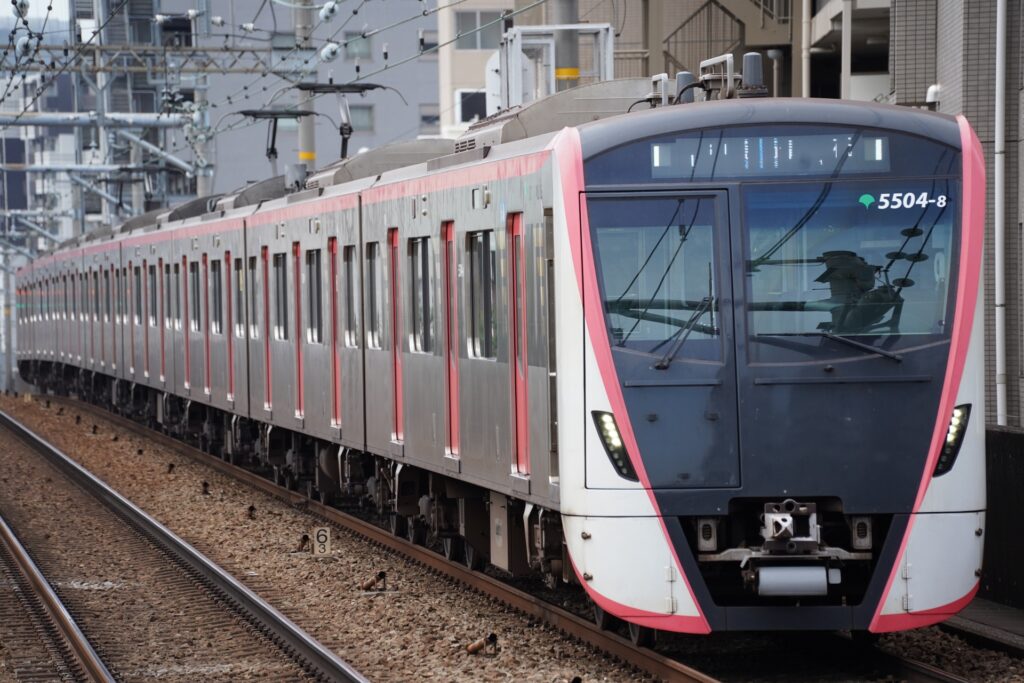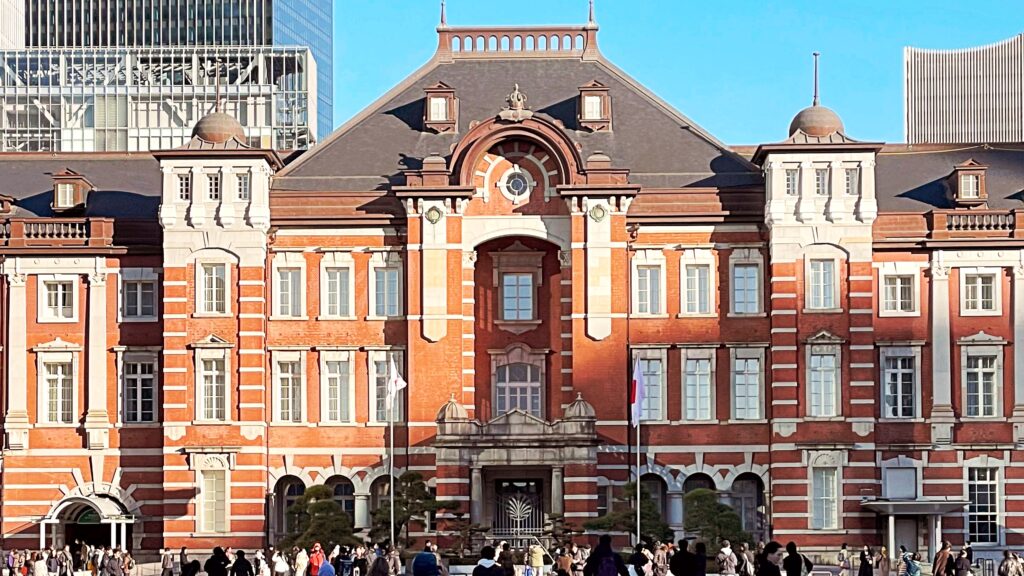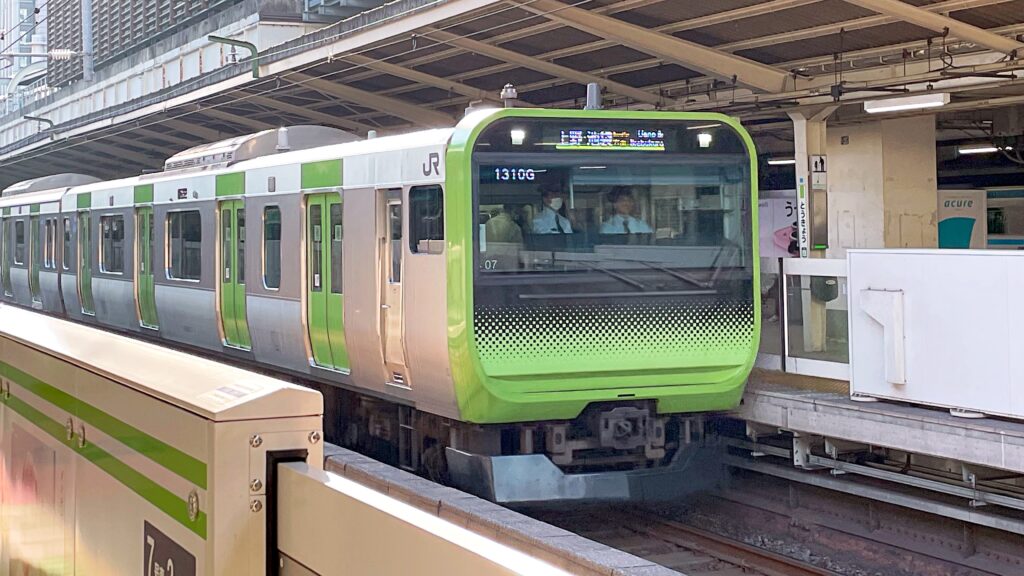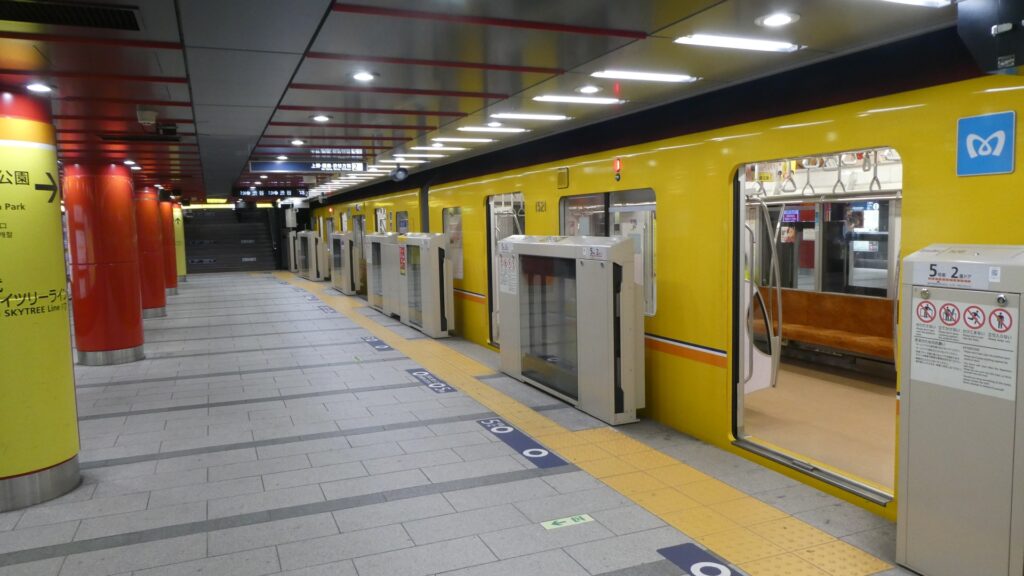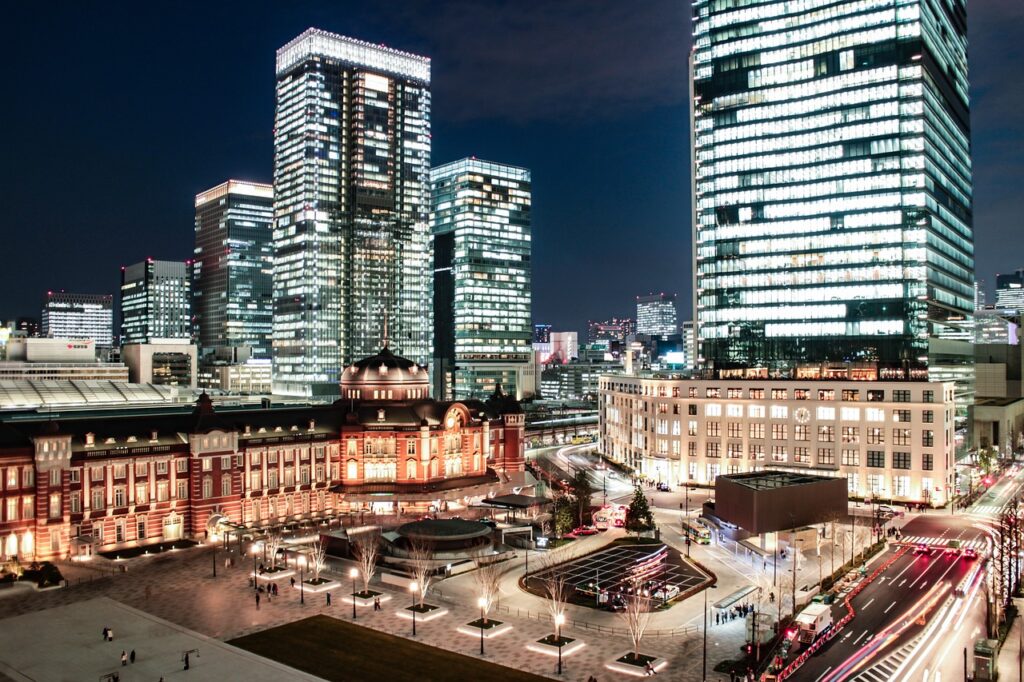If you’re planning a trip to Japan’s vibrant capital, understanding the subway system is key to making the most of your time. With multiple operators, countless lines, and a maze of stations, Tokyo’s transit can seem overwhelming at first. But fear not—this article is Tokyo Subway System Explained in the simplest, most practical way, focusing specifically on the Toei Subway system. Whether you’re a first-time visitor or a seasoned traveler, this guide will help you navigate the Toei Subway like a local.
What Is the Toei Subway?
The Tokyo subway system is operated by two main companies: Tokyo Metro and Toei Subway. While both networks are interconnected, they are managed separately and require different tickets or passes for certain routes. The Toei Subway, run by the Tokyo Metropolitan Bureau of Transportation, consists of four main lines:
- Asakusa Line (A)
- Mita Line (I)
- Shinjuku Line (S)
- Oedo Line (E)
Each line serves key districts across Tokyo, making the Toei Subway a vital part of the city’s transportation network. When people search for “Tokyo Subway System Explained,” they often want to know the difference between these systems. Simply put, Toei Subway lines are generally marked with different symbols and colors than Tokyo Metro lines, and their stations may have different fare structures.
Tokyo Subway System Explained: A Brief History of the Toei Subway
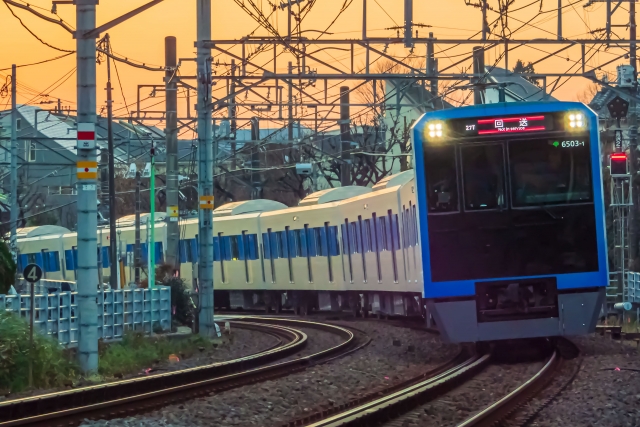
Understanding the history is key to a full Tokyo Subway System Explained. The Toei Subway, operated by the Tokyo Metropolitan Bureau of Transportation, opened its first line, the Asakusa Line, in 1960. It was Japan’s first subway to offer through-service with private railways, allowing direct travel beyond Tokyo’s borders.
In the following decades, the network grew:
- 1972: Mita Line opened.
- 1978: Shinjuku Line launched.
- 1991–2000: Oedo Line opened in stages, becoming Tokyo’s deepest subway line.
Unlike Tokyo Metro, the Toei Subway was developed by the city government to expand transit beyond central Tokyo. Today, it connects key residential and business areas, playing a vital role in the Tokyo subway system explained here.
The Toei Subway’s history reflects Tokyo’s growth, from postwar recovery to modern megacity.
Why Are There Two Subway Operators in Tokyo?
One common question among visitors is why Tokyo’s subway system is split between Tokyo Metro and Toei Subway. In this part of Tokyo Subway System Explained, we uncover the reasons behind this unique arrangement.
The answer lies in history and administration. Tokyo’s first subway line opened in 1927, operated by a private company that later became Tokyo Metro’s predecessor. After World War II, as Tokyo’s population and transit needs grew, the city government decided to build additional subway lines. These new lines became the Toei Subway, operated by the Tokyo Metropolitan Bureau of Transportation.
In short:
- Tokyo Metro = originally private, now partly government-owned.
- Toei Subway = built and operated by the Tokyo city government.
Each developed its own network, ticketing system, and management. While the two systems cooperate today—with joint passes and shared stations—they remain administratively separate.
Understanding this difference is key to navigating the city efficiently, and it’s an important part of the Tokyo Subway System Explained for any traveler.
Key Destinations
The Toei Subway takes you directly to many popular attractions. Here’s Tokyo Subway System Explained with some must-visit spots along each line:
- Asakusa Line (A): Access to Asakusa (Sensoji Temple), Nihombashi, and direct trains to Narita and Haneda Airports.
- Mita Line (I): Stops at Jimbocho (bookstores), Sugamo (grandma’s Harajuku), and connects to Tokyo Tower via Onarimon.
- Shinjuku Line (S): Serves Shinjuku, Ichigaya, and Kudanshita (near Yasukuni Shrine).
- Oedo Line (E): Circles around the city, stopping at Roppongi, Shinjuku, Ueno-Okachimachi, and Ryogoku (Sumo Hall).
By mastering these routes, you’ll unlock easy access to some of Tokyo’s best cultural, shopping, and entertainment districts.
Why Choose Toei?
While Tokyo Metro covers more central districts, Toei Subway is often less crowded and serves unique neighborhoods. Explained: Tokyo Metro mainly operates in the busy downtown areas like Shibuya, Shinjuku, and Ginza, making it ideal for popular tourist spots. In contrast, Toei Subway lines go to places that are a bit off the beaten path, offering access to charming local districts and less touristy areas.
If your itinerary includes spots like Asakusa, Roppongi, or Ryogoku, the Toei Subway will be your best friend. Explained: These areas are directly served by Toei Subway lines, so using them will save time and reduce transfers. For example, the Toei Asakusa Line takes you straight to Asakusa, while the Oedo Line conveniently connects Roppongi and Ryogoku without needing to switch trains.
Plus, their Oedo Line offers a convenient loop around the city that complements other train lines. Explained: The Oedo Line forms a circular route covering many key districts, making it easy to hop between attractions and connect with other subway or JR lines. It’s especially helpful for reaching places not directly served by Tokyo Metro.
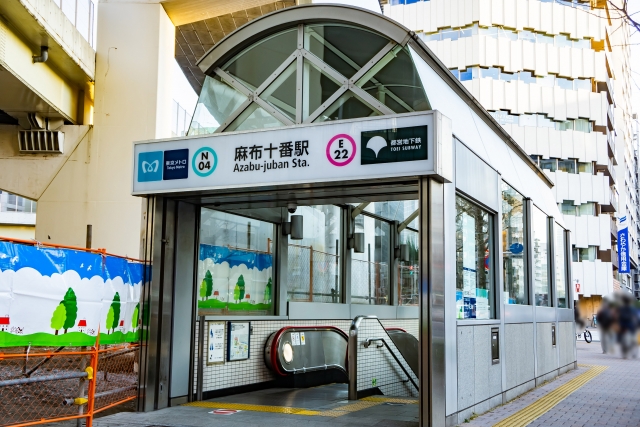
Final Thoughts: Tokyo Subway System Explained
Mastering the Toei Subway is essential for anyone wanting to explore Tokyo efficiently and affordably. By understanding the differences between the networks, knowing how to buy tickets, and familiarizing yourself with key routes, you’ll travel with confidence.
So next time you’re in Tokyo, remember this Tokyo Subway System Explained guide, and enjoy seamless journeys across one of the world’s most exciting cities.
